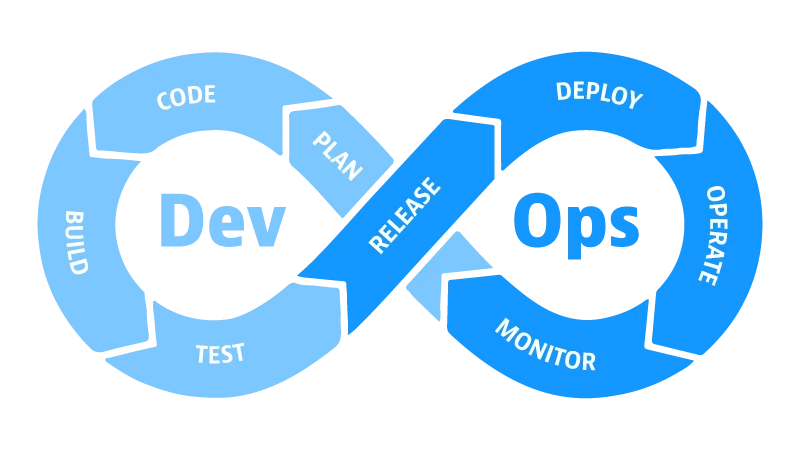What is the main purpose of DevOps?

DevOps is a combination of cultural practices, philosophies, and tools that enhance an organization’s capability to deliver applications & services at high speed. This means developing and improving products at a quicker pace than organizations that use traditional S/W development and infrastructure management processes. This speed validates organizations to better serve customers and compete more productively in the market.
DevOps Working Process:
In the DevOps model, development and operations teams are no longer “siloed”. In some cases, these two teams are combined into one team, where engineers work throughout the application lifecycle from development and testing to deployment and operations, developing a variety of skills that are not limited to a single function.
For some DevOps models, quality assurance and security teams may also be more tightly integrated with development and operations throughout the application lifecycle. If security is the focus of everyone on the DevOps team, this is sometimes referred to as DevSecOps.
These teams use practices to automate previously manually time-consuming processes. They use technology stacks and tools to help them operate and evolve their applications quickly and reliably. These tools also help engineers perform tasks independently (for example, code deployment and infrastructure provisioning). This usually requires the help of other teams, further speeding up the team.
Benefits of DevOps
Bringing together development and operations teams reduces lead times, deploys more often, and creates higher quality software.
Reliability:
Ensure the quality of application updates and infrastructure changes to ensure delivery at a faster pace while maintaining a positive experience for end users. Test that each change is functional and secure, using techniques such as continuous integration and continuous delivery. Monitoring and logging practices can help you get real-time performance information.
Speed:
Moving fast enables you to innovate quickly for your customers, adapt better to changing markets, and drive business outcomes more efficiently. The DevOps model allows developers and operations teams to achieve these results. For example, microservices and continuous delivery allow teams to take ownership of the service and release service updates more quickly.
Faster delivery time:
Increase the frequency and pace of releases to enable your products to innovate and improve faster. The faster you release new features and fix bugs, the faster you can respond to your customers’ needs and build a competitive advantage. Continuous integration and continuous delivery are techniques that automate the software release process from build to deployment.
Scale:
Operate and manage infrastructure and development processes at a scale. Automation and consistency helps you to manage complex or changing systems more efficiently with low risk. For example, infrastructure as code helps you manage your development, production, and testing environments in a repeatable and more powerful way.
Improved Collaboration:
Create a more effective team according to the DevOps cultural model, which emphasizes values such as ownership and accountability. Developers and operations teams work closely together, share many responsibilities, and integrate workflows. This reduces inefficiencies and saves time (e.g. reduced handover time between developer and operation, writing code that takes into account the open environment).
Security:
Move fast while maintaining control and maintaining compliance. With automated compliance policies, good controls, and configuration management techniques, you can use the DevOps model without sacrificing security. For example, using infrastructure as code and policies as code, you can determine and track compliance at scale.
Why DevOps Matters:
Software and the Internet have changed the world and the industry, from shopping to entertainment to banking. Software is no longer just about supporting your business. Rather, it becomes an integral component of every part of the business. Enterprises interact with their customers through online services or applications, and through software delivered on all types of devices. We also use software to improve operational efficiency by transforming all parts of the value chain, including logistics, communications, and operations. Just as physical commodities companies used industrial automation to transform the way they design, build, and deliver products throughout the 20th century, today’s companies around the world are building and delivering software. Need to change.
Join our news Letter
- Revolutionizing Parking Management A Real-Time Example
- The Importance of Regular Application Maintenance
- Logistics Software Solutions and Software Development
- Software Development Services for SMEs
- How Does IoT Aid Businesses in a Variety of Industries
- But what exactly is IoT – What does it mean for manufacturers – How can you use IoT to improve your business
- How to outsource custom software development Services
- 5 Reasons Why You Need To Outsource Software Development
- Why You Need A Cloud Strategy
- The Cloud Is Changing Everything, Here’s How To Make It Work For Your Business

